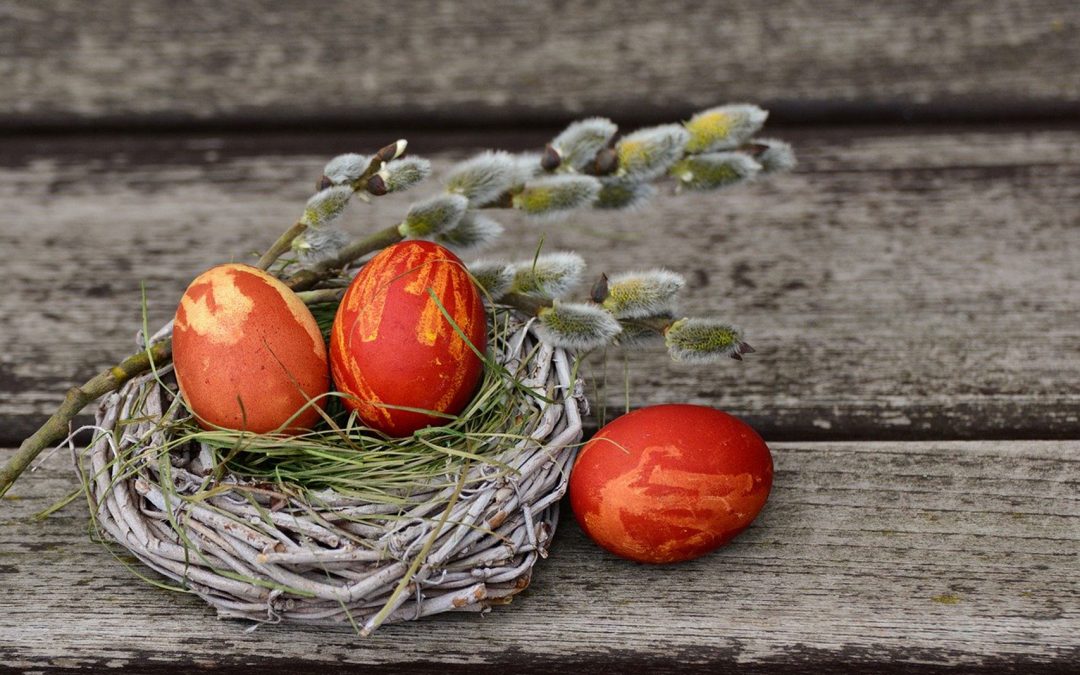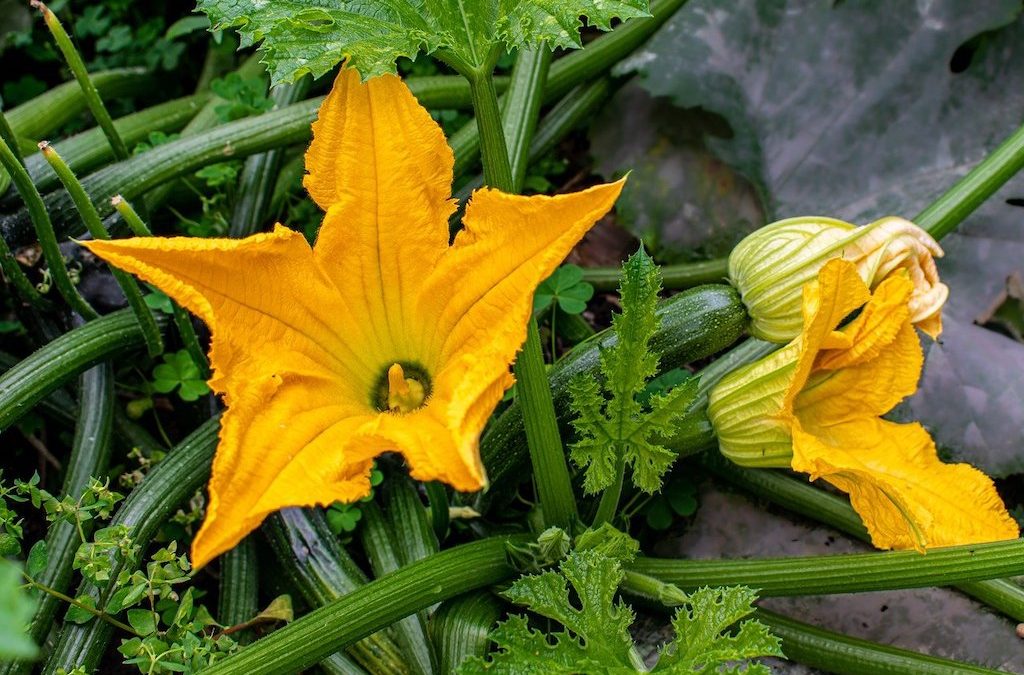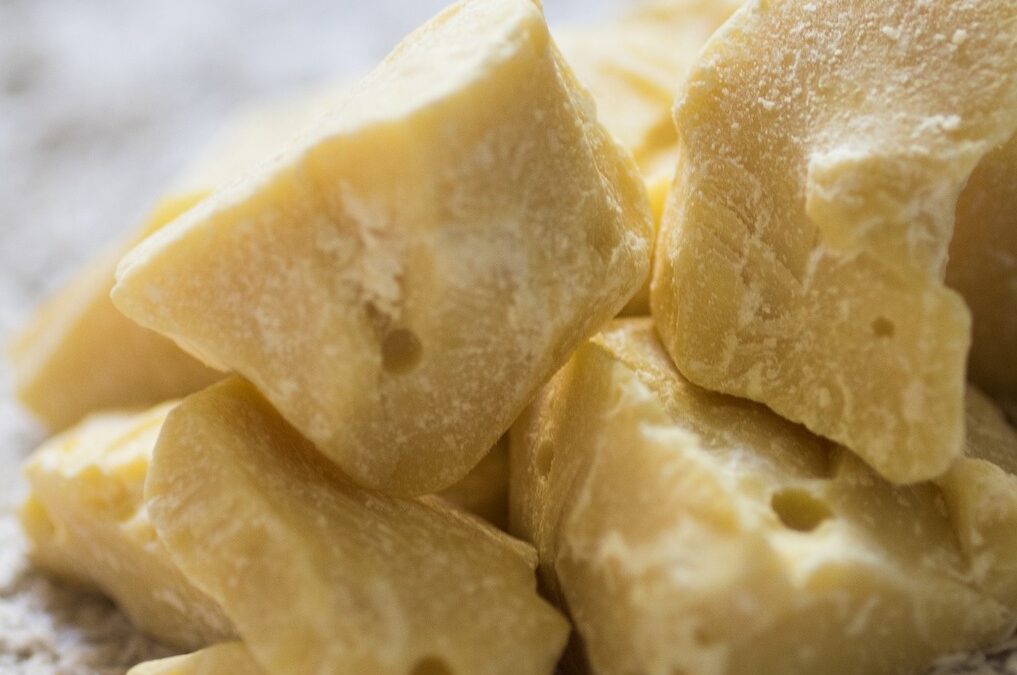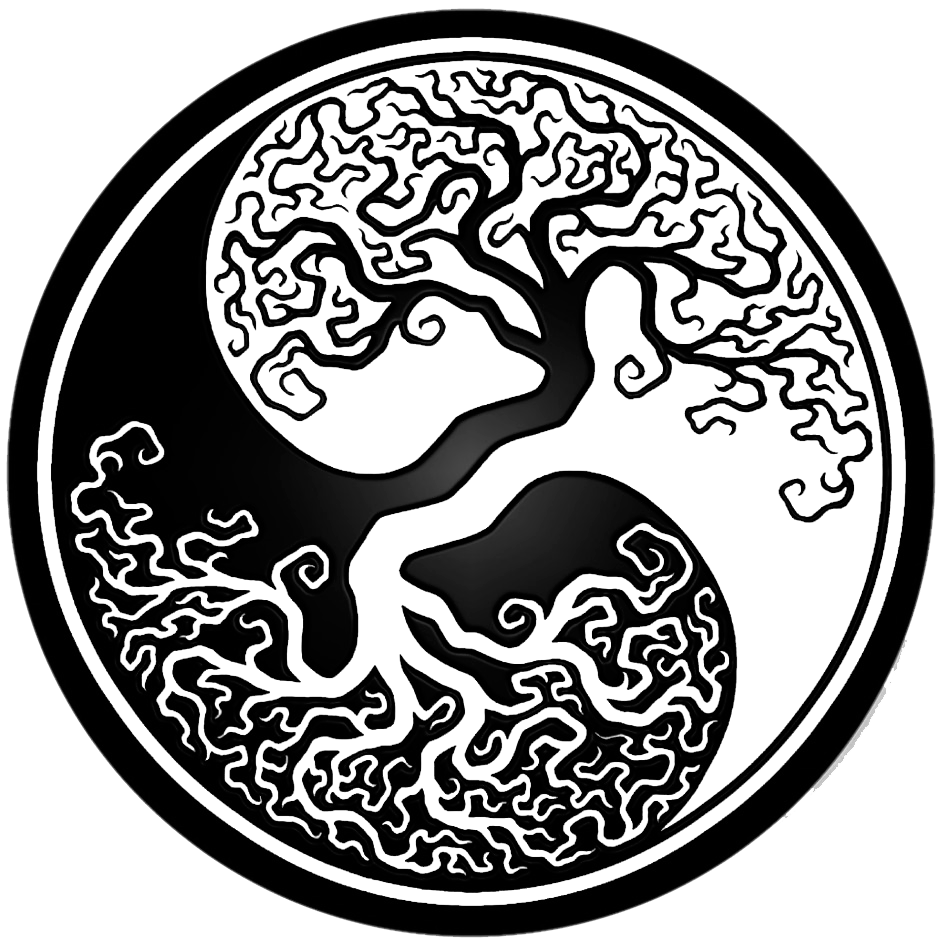Nature Notes:

Easter/ Oestara
Easter is a festival of sacrifice and resurrection. We commemorate Christ’s sacrifice on the day he died on the cross as Jesus, the man, to be resurrected as Christ, the son of God and redeemer of mankind. That is the official story. But the cross, which signifies the crucifixion, is an ancient symbol that predates Christianity by thousands of years.
The cross symbolizes the cosmic order: the four directions and the axis of time and space. Esoterically, it also signifies the surrender of the ego, which is bound to the material world.
Pre-Christian Origins of Easter
In the ancient world, sacrifice was not a celebration of death, as it may seem, but of life, as a way of giving back, so life may continue. Death and rebirth were merely the two sides of the same door. The mystery was symbolized by the Ouroboros, the dragon-snake, which eats its own tail, and thus continuously regenerates itself.
For a sacrifice to be meaningful, it had to be of value, something special. Any old rat would not do! A sacrifice was a gift to the Gods!
Only the king himself was deemed worthy of being sacrificed. But in time, Kings changed the rules. They wanted to be special, but not THAT special. Instead, they offered up their firstborn. That proved unpopular, and animals now had to play the part.
Oestara
At Oestara, when the Earth renews itself and puts on a fresh green robe, an innocent lamb must now bear the burden of honour. This tradition has survived: a lamb roast is still the traditional centrepiece of the Easter feast – a distant echo of an age-old sacrificial tradition.
Easter is a movable feast – a clear indication that this festival predates Christian times. It always falls on the first Sunday following the first Full Moon after the Spring Equinox (Worm Moon). The pre-Christian festival Oestara honoured the Goddess Eostre, a Mother Goddess known by many names: Ishtar, Astarte, or the Great Mother Kali.
Her sacred ‘Moon Hare’ (a symbol of fertility) has become the ‘Easter Bunny’. The eggs are a symbol of life. Traditionally, eggs would have been dyed red, the colour of blood and life. Giving red-dyed eggs is a blessing: A gift of life and abundance!
May your potential unfold and blossom! Happy Easter/Oestara, whichever you choose to celebrate!
Source:
The Woman’s Encyclopaedia of Myths and Secrets, Barbara G. Walker, HaperCollins, 1983
Current issue

Gardening Jobs in July
What gardening jobs are there to do in July?
This is the time of the year that every gardener is waiting for! The garden is in its prime. Everything is growing, flowering and fruiting. It is a sheer joy to be out there, enjoying nature’s bounty.
July is a time of plenty. Early crops are beginning to ripen, and you can enjoy the fruits of your labour. But it is also a time to think ahead to the dark season and the crops you’d like to harvest then – they need to be sown and started now. There are plenty of gardening jobs to be done in July!
HARVEST:
Continue to harvest lettuce, radishes, beets, peas and courgettes. Long-season or perpetual raspberries and strawberries are still fruiting and can still be harvested.
Onions and garlic begin to topple over, a sure sign they are getting ready, but wait until the onion tops turn yellow before lifting them. Then, you can leave them on the ground or spread them in a well-aerated box or basket to dry them thoroughly.
Early runner beans and potatoes are also getting ready.
Harvesting herbs
Now is the prime time to harvest herbs. For culinary uses, it is best to pick herbs before they flower. Choose a dry, sunny day. Spread them out in a well-aerated place. Hanging them up in bunches actually encourages mould. Herbs are often rich in essential oils that quickly ‘fly off‘ in hot temperatures. Thus, it is best to dry them in the shade.
SOWING (for late season/winter harvest):
Now is the time to sow winter cabbages, kohlrabi and kale, mustards, and pak choi. If you have carrot seeds of late varieties, sow them now.
If you have a shady spot, you can continue to sow lettuce, chard, endive, chicory, chervil, radishes, coriander, rocket, and spinach. Keep them well-watered and not in full sun to prevent them from bolting too quickly.
TOMATO CARE
Tomatoes need a lot of water. Keep the moisture in the soil by spreading a thick layer of mulch around the base of the plants. If they don’t get enough water, the skins turn harder and will crack as the fruit develops. The best time to water is in the evening or early morning. Avoid splashing water directly on the leaves.
You can boost your plants by putting some compost around the base. Or, use liquid manure, such as nettle manure, or some other organic tomato feed available from the garden centre.
Watch out for blight and end rot. Remove yellowing leaves. Pinch out any shoots that develop in the leaf axils.
WATERING
Water your plants as needed, neither too much nor too little. Container plants are particularly vulnerable to drying out and need the most attention. Mulch well to keep the moisture in the soil.
Check out SeedsNow for your organic gardening supplies!
Happy Gardening!
Image by Cornell Frühauf from Pixabay
#Ads
Disclosure: Commissioned earned from your purchases at suppliers linked to on this page help to support this website and keep it afloat without random intrusive advertising.
Plant Profile:

Cacao can do more – New Uses for an Old Crop
In the past, there has been a lot of organic waste from the Cacao harvest. Research has been focused on alternative uses for all the discarded pods and fruit pulp produced during the Cacao bean harvest.
CACAO BUTTER :
A white /yellowish oil, expressed from the crushed seeds
CONSTITUENTS:
Palmitic, Stearic-, Oleic-, Linoleic Acid, traces of Isoleic acid
ACTIONS:
Emollient and nutrient
Non-chocolate uses of Theobroma Cacao
Economically, the most important use of Cacao is for making chocolate and cocoa for all our favourite sweet stuff. Cacao fat, pressed from roasted Cacao beans, is a by-product that has its own uses.
Cacao Butter for Cosmetic and Pharmaceutical uses
The cosmetic industry uses Cacao butter as a nutritionally rich, moisturizing, and emollient fat in numerous skin-care products.
Cacao butter is solid at room temperature but melts at body temperature. Suppositories, meant to dissolve inside the body, are often made with Cacao butter. Lotions for haemorrhoids, vaginal and uterine lesions, or dry, chapped skin, lip balm and wound dressings also frequently contain Cacao butter.
Internally, Cacao butter can help soothe bronchial and intestinal irritations. In fact, even high quality, high percentage Cocoa and Chocolate has some amazing superfood properties.
New uses from waste products
During processing, the beans and some fruit pulp are left to ‘sweat’ for a few days, which changes the beans’ chemistry, reducing their bitterness and creating the right conditions for their characteristic chocolate flavour to develop. Although the pulp is an essential part of this process, only small amounts are. About 60% of the pulp goes to waste.
Cacao smoothies and juices
But it doesn’t have to. In Brazil, farmers remove much of the pulp to modify the acidity and obtain smoother-tasting beans. The fruit pulp is sold at the local market and turned into various delicious products. Cocoa fruit-pulp jelly is a local delicacy. It serves as an ingredient in juices or shakes. But it could also be frozen and used to flavour ice cream, yoghurt or sold as a fruit juice concentrate. Unfortunately, so far, preserving large amounts of pulp has proved difficult and costly.
To find ways to make more of the harvest, besides the beans, would be highly desirable, since Cacao prices on the global market are fickle, putting the small subsistence farmers at risk.
New uses for discarded pods
Traditionally, a certain proportion of discarded pods is fed to animals, but the pods are not very digestible. In West Africa, the discarded pods are burnt to yield potassium-rich ash, used for making soap. But composting them, or making bio-char which in turn could be used to return valuable nutrients to the soil, would reduce farmers’ dependence on chemical fertilizers and reduce their costs. (1)
In recent years, research has focused on other alternative products that could be obtained from Cacao without decreasing pod yields. (Antonio Figueira, Jules Janick, and James N. BeMiller, 1993)
Gum
One such product is gum, present in both the stem and, to a larger extent, in the pods. This gum has a similar composition as Karaya Gum, which is typically extracted from various Sterculia species.
The food- and pharmaceutical industries use it as an emulsifying agent and fixative. Studies show that Cacao pod gum compares favourably with Gum Karaya. Both contain the same monosaccharides, but Cacao pod gum also contains arabinose and has a higher proportion of rhamnose, making it better suited as a binder for pharmaceutical pills. In this respect, it is even superior to Gum Tragacanth. (Figueira et al. 1992).
Due to supply inconsistencies, the demand for Karaya gum has diminished. But Cacao pod gum could provide a superior and readily available alternative that could also provide a secondary source of income for subsistence farmers.
References
(1) Using Cocoa Pod Husks to Improve Crop Yields and Soil Quality
Figueira, A., J. Janick, and J.N. BeMiller. 1993. New products from Theobroma cacao: Seed pulp and pod gum. p. 475-478. In: J. Janick and J.E. Simon (eds.), New crops. Wiley, New York.
Figueira, A., J. Janick, M. Yadav, and J.N. BeMiller. 1992. Cacao gum: a potential new economic product. In: Proc. Int. Cocoa Conf. Challenges in the 90s (in press).
Unten, S., H. Ushijima, H. Shimizu, H. Tsuchie, T. Kitamura, N. Moritome, and H. Sakagami. 1991. Effect of cacao husk extract on human immunodeficiency virus infection. Letters Appl. Microbiol. 14:251-254.
More articles:
No Results Found
The page you requested could not be found. Try refining your search, or use the navigation above to locate the post.


